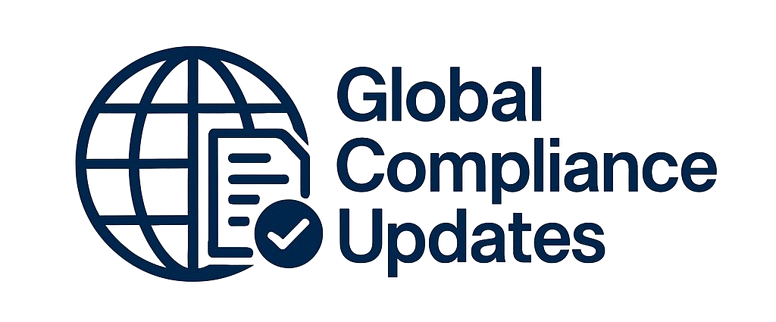Any HR professional knows that there is never a lack of work in their department. From replying to an employee’s question about benefits to following-up with a manager on how to best restructure her department, there seems to be fewer hours in the day to accomplish all the tasks that HR needs to do. And this is the perfect reason why it makes sense to stop, assess, and understand what highly successful HR departments do – to focus, to produce results, and to achieve success.
This course provides a realistic discussion about the features of today’s dynamic business environment – one that demands HR to be agile and strategic while delivering specific compliance and productivity results. By understanding the successful habits of fine-tuned HR departments, you will glean information that can help transform your own HR department to run more smoothly.
WHY SHOULD YOU ATTEND?
Today’s complex and fast-paced business environment has meant more responsibilities and actions for HR departments. More legislative requirements, multi-faceted workforce factors, and ever-changing leadership directions demand that HR keep up (at the very least) or become obsolete and irrelevant.
These demands for time, policies, programs, and initiatives have spelled out a clear message to go in the opposite direction: to simplify and focus on what will most efficiently and effectively drive business-required results needed from HR.
LEARNING OBJECTIVES
- Review the current context and business environment in which HR operates
- Describe the areas of opportunities for HR to add value to their organizations
- Explore the strategic features of a successful HR department
- Identify actions that HR departments can take immediately to provide relevant and valuable business support
- Review examples of best practices And much more
WHO WILL BENEFIT?
- Chief HR Officers (CHROs)
- Vice Presidents of HR
- Directors of HR
- Any other HR professional
- Directors, Vice Presidents and other leaders who oversee the human resources department
Today’s complex and fast-paced business environment has meant more responsibilities and actions for HR departments. More legislative requirements, multi-faceted workforce factors, and ever-changing leadership directions demand that HR keep up (at the very least) or become obsolete and irrelevant.
These demands for time, policies, programs, and initiatives have spelled out a clear message to go in the opposite direction: to simplify and focus on what will most efficiently and effectively drive business-required results needed from HR.
- Review the current context and business environment in which HR operates
- Describe the areas of opportunities for HR to add value to their organizations
- Explore the strategic features of a successful HR department
- Identify actions that HR departments can take immediately to provide relevant and valuable business support
- Review examples of best practices And much more
- Chief HR Officers (CHROs)
- Vice Presidents of HR
- Directors of HR
- Any other HR professional
- Directors, Vice Presidents and other leaders who oversee the human resources department
Speaker Profile
 Melveen Stevenson
Melveen Stevenson
Melveen Stevenson is the CEO and founder of M.S. Elemental, LLC, a human resources and business advisory firm. As a certified HR professional with a background in accounting and finance, she helps companies to navigate the human resources “jungle” of compliance, human capital, and leadership challenges. In doing so, she empowers companies to strengthen their infrastructure from the inside out, specifically through leadership development, operations, training, employee engagement, and executive coaching.Melveen speaks on key topics to empower companies with the latest research and best practices for increasing engagement, enhancing leadership presence, and optimizing diverse workforce groups.Over the last 20 years, …
Upcoming Webinars

ChatGPT and Project Management: Leveraging AI for Project M…

Workplace Investigations 101: How to Conduct your Investiga…

Project Management for administrative professionals

The Monte Carlo Simulations in Excel for Risky Investments

Onboarding is NOT Orientation - How to Improve the New Empl…

Dealing With Difficult People: At Work & In Life

Transform Data into Insights: A Beginners Guide to Excel Pi…

Construction Lending And Real Credit Administration: Evalua…

Understanding Accounting for non - Accounting professionals

Harassment, Bullying, Gossip, Confrontational and Disruptiv…

New Form 1099 Reporting Requirements: 2025 Compliance Update

Human Error Reduction Techniques for Floor Supervisors

HR Metrics and Analytics 2025 - Update on Strategic Plannin…

Treating Employees Like Adults: Discipline versus Empowerme…

7 Ways To Beat Burnout: Without Quitting Your Job


How to Write Procedures to Avoid Human Errors

Handbook Overhaul 2026: Compliance, OBBB Act & Beyond

FDA Proposes Framework to Advance Credibility of AI Models

Ethical Terminations: Navigating Employee Exits with Legal …

Understanding EBITDA – Definition, Formula & Calculation

Project Management for Non-Project Managers - Scheduling yo…

4-Hour Virtual Seminar on Hidden Secrets of Selling & Marke…

Validation Statistics for Non-Statisticians

Data Integrity and Privacy: Compliance with 21 CFR Part 11,…


The Alphabet Soup: When the FMLA, ADA, COBRA, and Workers' …

Talent Management: How to Leverage AI and ChatGPT Tools for…


Offboarding with Care: Conducting Legal & Ethical Employee …

2-Hour Virtual Seminar on How to Conduct an Internal Harass…

Payments Fraud Detect & Prevent Check, ACH and P-Card Schem…

Managing Toxic & Other Employees Who have Attitude Issues



Reduce Stress in the Workplace: Effective Ways to Handle Co…





Excel - Pivot Tables - The Key To Modern Data Analysis and …
